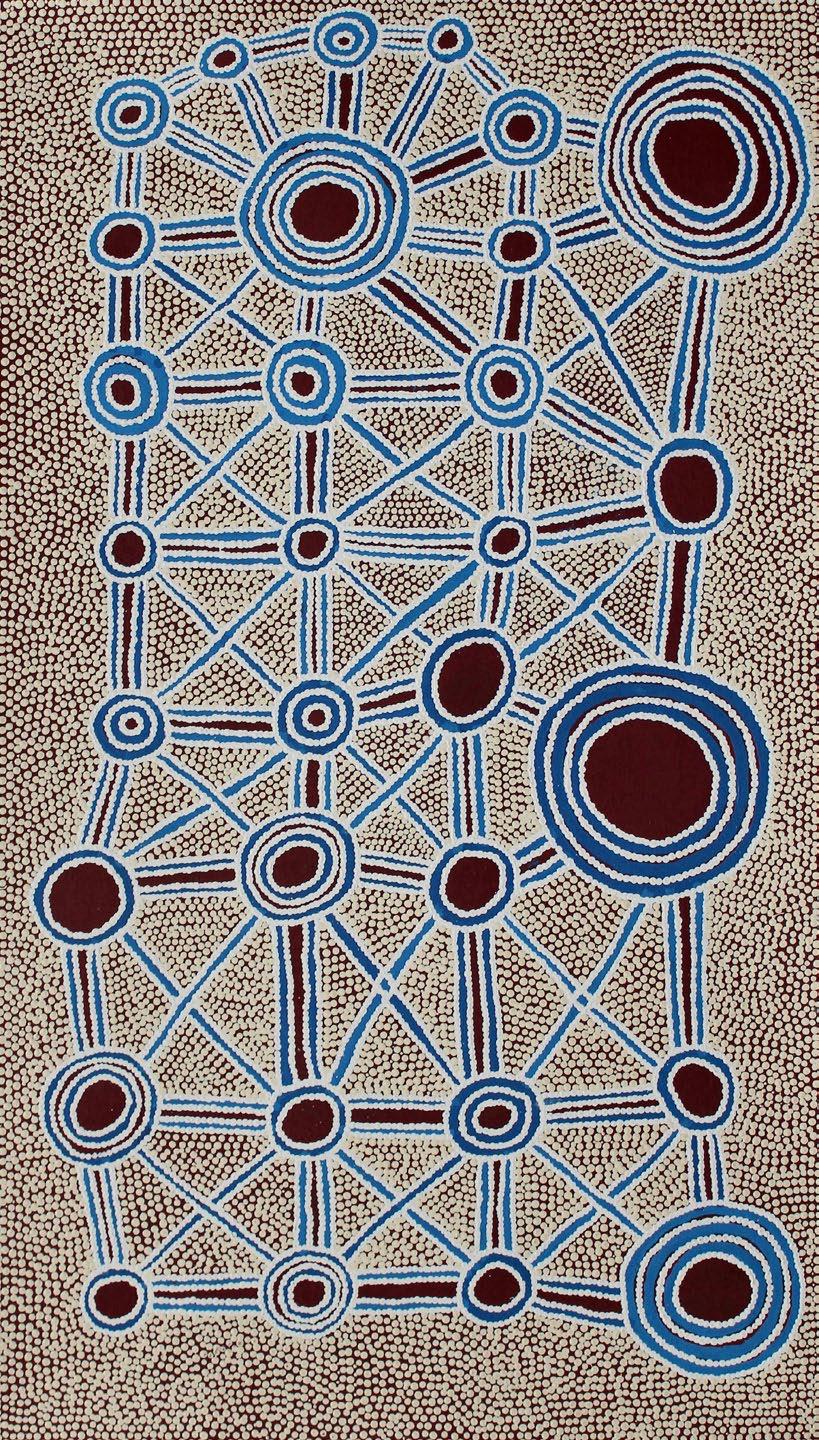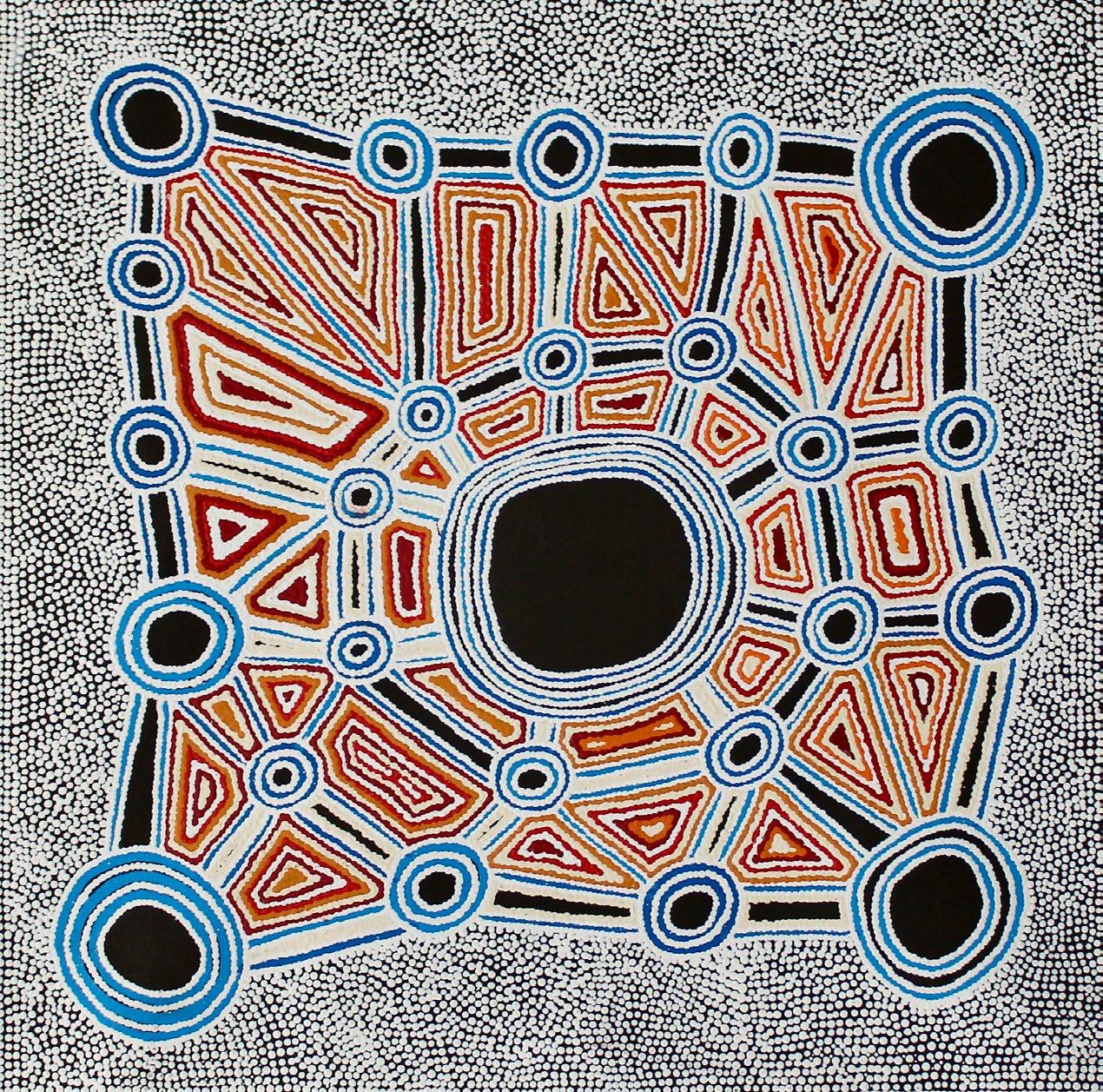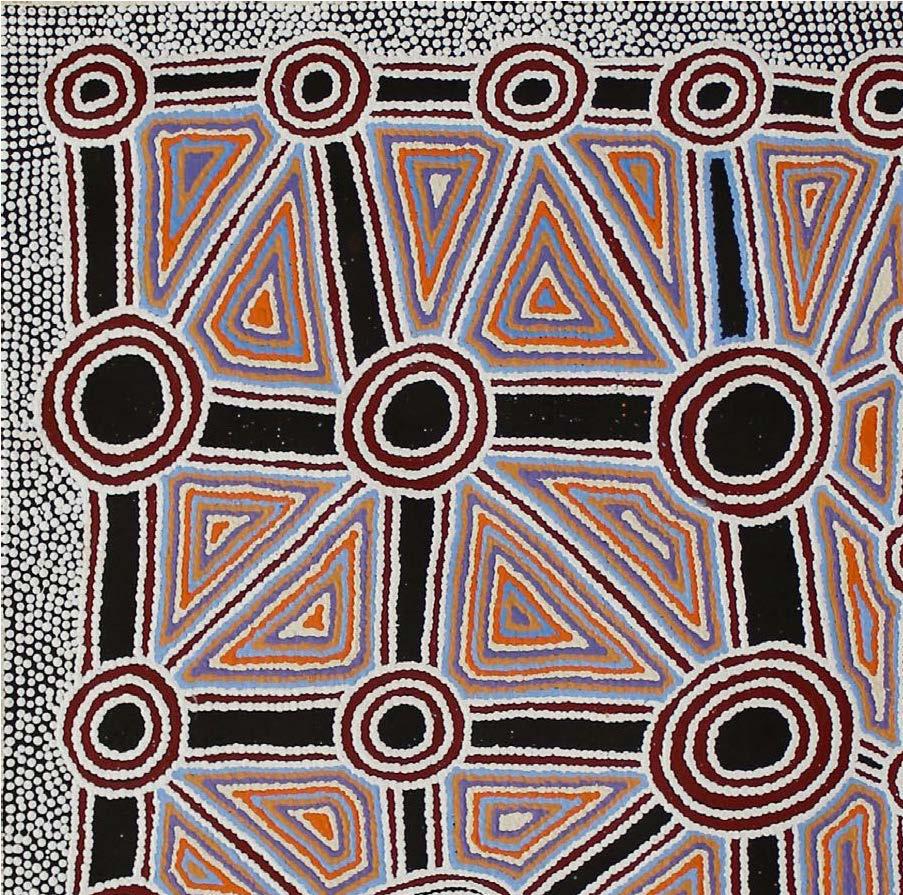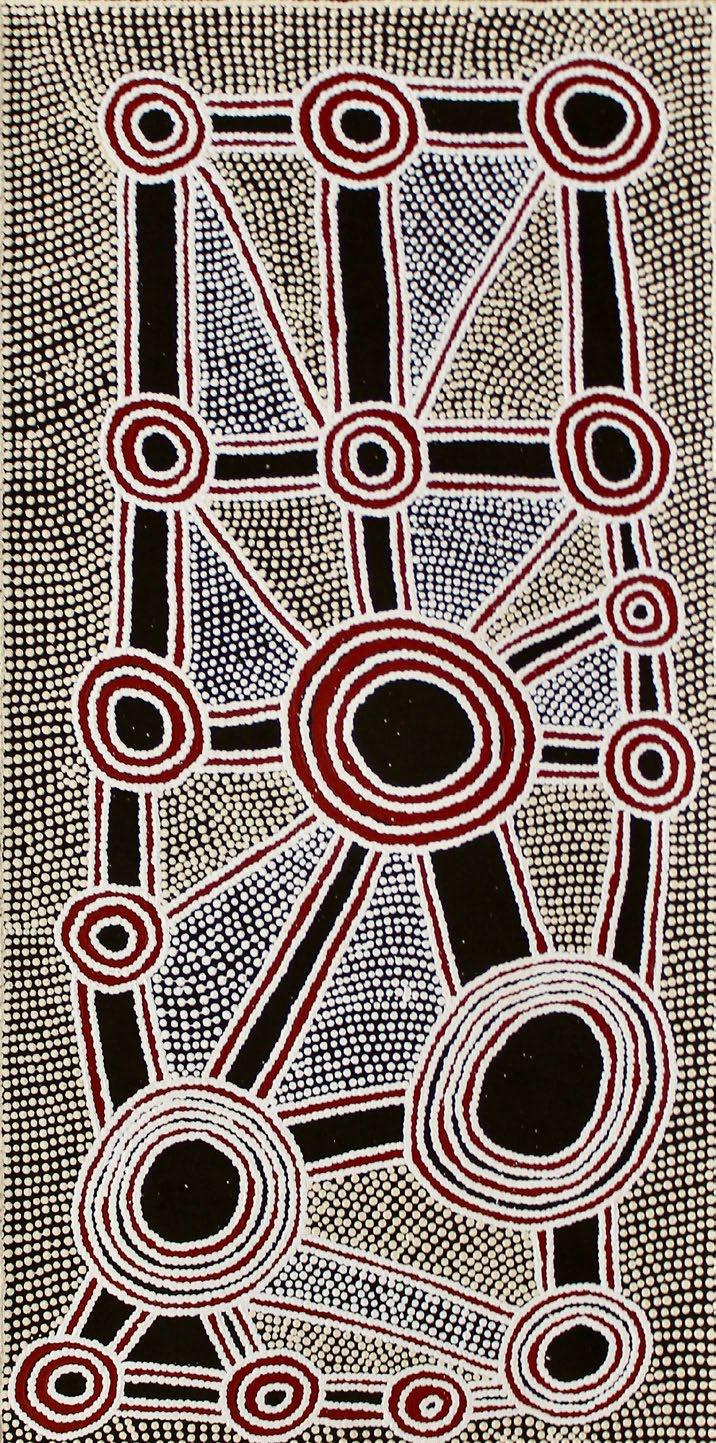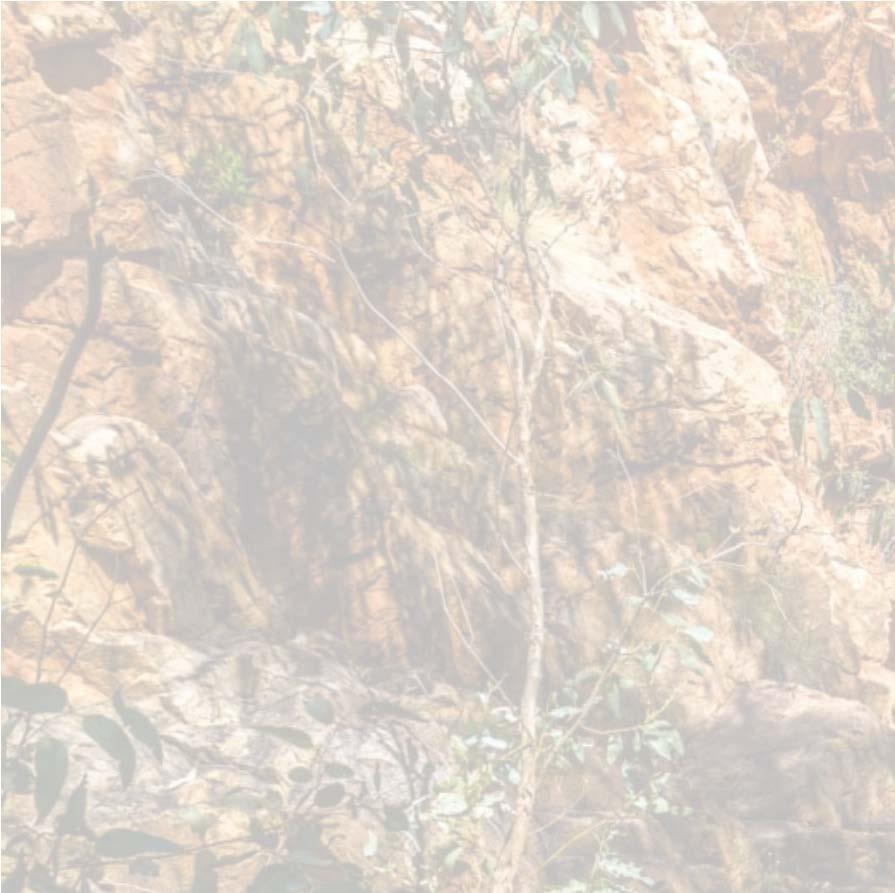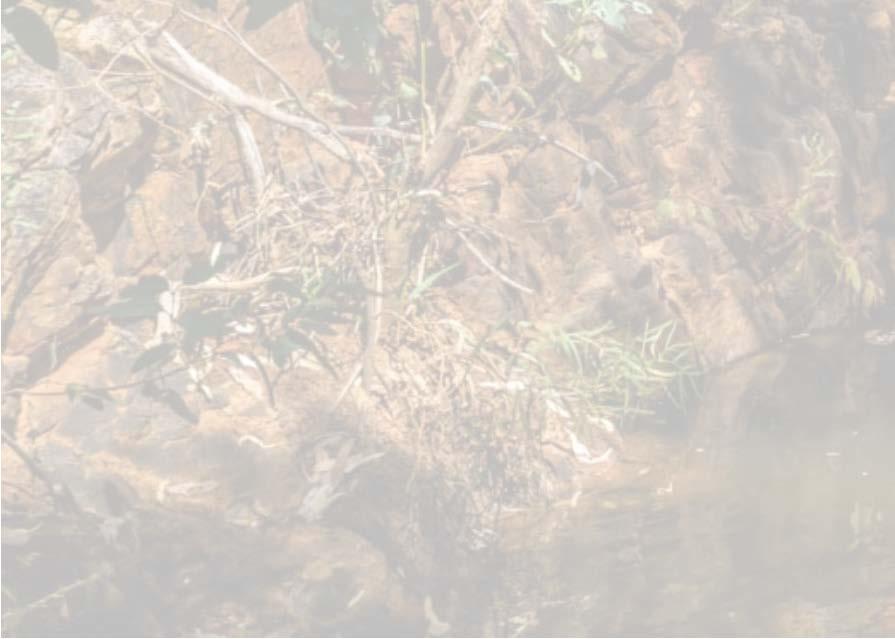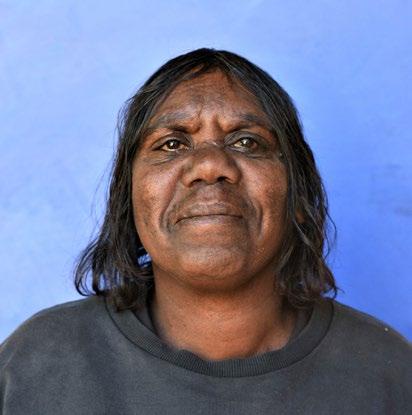
1 minute read
CECILY NAPANANGKA MARSHALL
Cecily began painting with Walukurlangu Artists Aboriginal Corporation in 2008. However, it wasn’t until 2013 that Cecily began to paint full-time.
She paints her grandmother’s and grandfather’s Jukurrpa, stories that have been passed down the generations for millennia and relate directly to the land, its features and the plants and animals that inhabit it. Cecily particularly likes painting Karnta Jukurrpa (Women’s Dreaming) from her grandmother’s side and Watiya-warnu Jukurrpa (Bush Seed Dreaming) from her Grandfather’s side.
Advertisement
Warlpiri artist Cecily Napanangka Marshall was born in 1975 in Alice Springs Hospital, the closest hospital to Yuendumu, a remote Aboriginal community located 290 km northwest of Alice Springs. Her parents were living in Yuendumu at the time, but her mother passed away when she was young and her father moved to Mt Allan. Cecily was brought up by her Grandmother who has since died. She began her schooling in Alice Springs but attended the local school in Nyirripi when she moved in with her grandmother. Cecily is a single mum with one daughter. She has several sisters and brothers who were also raised by her Grandmother.
Cecily likes to paint with her grandmother’s sister, Phyllis Napurrurla Williams and her sister Valerie Napanangka Marshall. “I like the stories. I watch as they paint and tell me about the possum dreaming.”
When she is not painting, Cecily used to play sport, particularly basketball. These days she likes to go hunting for Yurrampi (Honey ants) and Ngarlkirdi (witchetty grubs).
Cecily’s paintings in this exhibition all depict the lands and creation stories based around an important waterhole and natural spring called Pikilyi (Vaughan Springs). Located on Mount Doreen Station (above), Pikilyi is in the far west of the Northern Territory, adjacent to Lake Mackay off the Tanami Track some 450 kilometres northwest of Alice Springs.
Pikilyi is the home of two rainbow serpents, ancestral heroes who lived together as husband and wife. The woman ‘rainbow serpent’ was of the Napanangka skin group, the man was a Japangardi. This was a taboo relationship contrary to Warlpiri religious law.
Women of the Napanangka and Napangardi subsection sat by the two serpents, picking lice off them. For this service, the two serpents allowed the women to take water from the springs at Pikilyi. This was because the serpents were the ‘kirda’, or ceremonial owners, for that country. The spirits of these two rainbow serpents are still at Pikilyi today. This Dreaming belongs to the women and men of the Japanangka/Napanangka and Japangardi/Napangardi skin groups.

